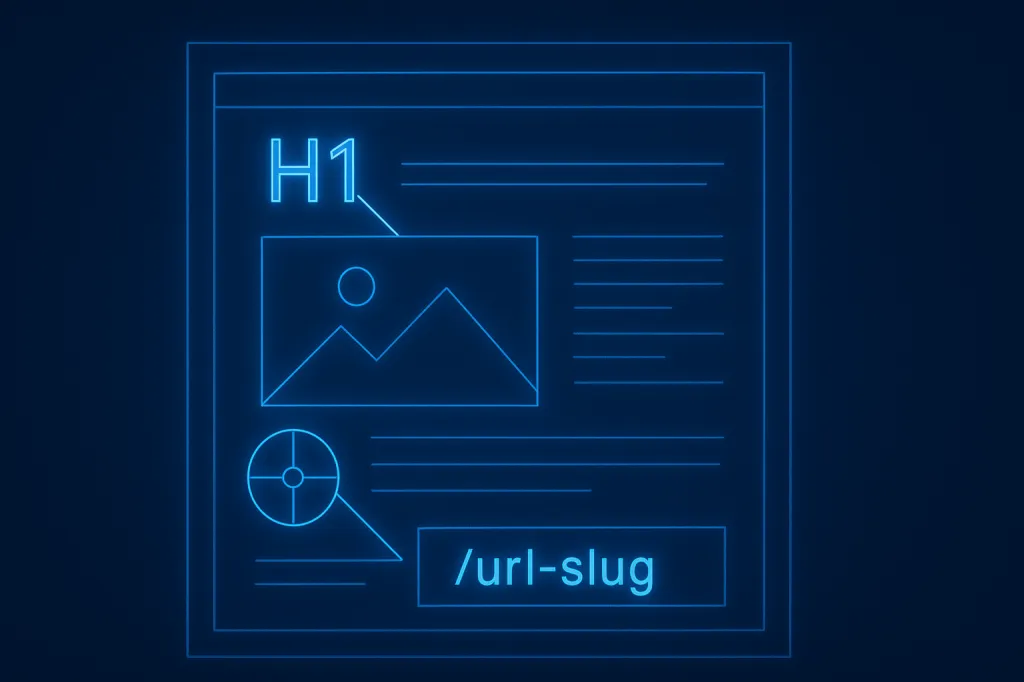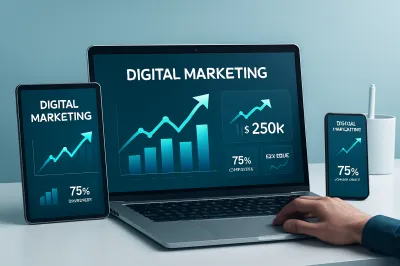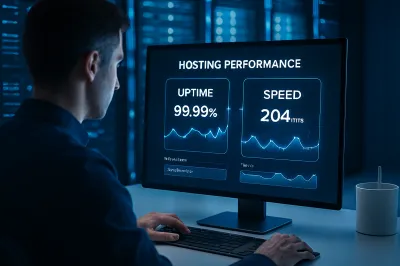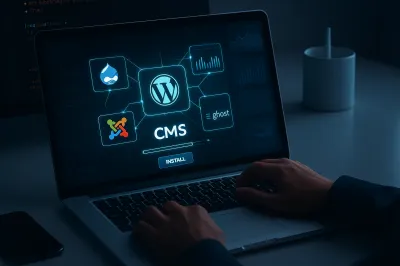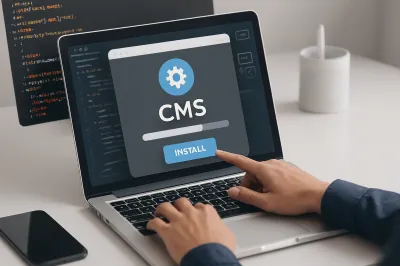What is On-Page SEO? A Complete Checklist for Beginners
Search Engine Optimization (SEO) can feel like a complex puzzle, but it's fundamentally about making your website easy for both users and search engines to understand. SEO is typically broken down into two main categories: On-Page SEO and Off-Page SEO.
While Off-Page SEO involves external signals like backlinks from other websites, **On-Page SEO** refers to all the optimization techniques you can control and implement directly on your own website. Mastering these techniques is the foundation of any successful SEO strategy.
This guide will provide you with a complete, actionable checklist to conquer On-Page SEO, even if you're a complete beginner.
The Ultimate On-Page SEO Checklist
Think of your website as a book. On-Page SEO is like making sure your book has a great title, clear chapter headings, a table of contents, and well-written paragraphs, so readers (and search engines) know exactly what it's about.
Part 1: High-Impact Content Elements
✅ 1. High-Quality, Relevant Content
This is the most important ranking factor. Your content must be well-researched, comprehensive, and genuinely helpful to your target audience. Ask yourself: Does this page answer the user's question better than anyone else?
✅ 2. Compelling Title Tag (<title>)
The title tag is the clickable headline that appears in Google's search results. It's your first impression.
- Keep it 50-60 characters long.
- Place your main target keyword near the beginning.
- Make it engaging and clickable. For example, "A Beginner's Guide to On-Page SEO" is better than just "SEO."
✅ 3. Engaging Meta Description
The meta description is the short snippet of text below the title in search results. While not a direct ranking factor, a good description dramatically increases your click-through rate (CTR).
- Keep it 150-160 characters long.
- Include your target keyword and related terms.
- Treat it like an ad for your page: explain what the user will find and why they should click.
partials/header.php file already generates <title> and <meta name="description"> tags dynamically for every page. This is excellent practice!Part 2: HTML & Structural Elements
✅ 4. Proper Use of Header Tags (H1, H2, H3)
Header tags create a logical structure for your content, making it easier for both readers and search engines to scan.
- Use only one
<h1>tag per page. This should be your main article title. - Use
<h2>for main subheadings. - Use
<h3>,<h4>, etc., for further nested topics.
✅ 5. SEO-Friendly URLs
A clean, descriptive URL helps users and search engines understand the page's topic at a glance.
- Good URL:
https://startwithsite.com/post/what-is-on-page-seo/ - Bad URL:
https://startwithsite.com/index.php?p=123
Your website's .htaccess file correctly handles this by creating these "pretty URLs" already, which is a huge advantage.
✅ 6. Image Optimization and Alt Text
Images can slow down your site if they are too large. Additionally, they provide another opportunity to rank.
- Compress Images: Use tools to reduce file size without sacrificing too much quality. Your system's automatic conversion to `.webp` format is a great way to do this.
- Use Alt Text: The "alt text" or alternative text describes an image. It's used by screen readers for visually impaired users and by search engines to understand the image's content. Always write a brief, descriptive alt text for every image.
✅ 7. Internal Linking
Internal links are links from one page on your website to another page on your website. They are crucial for SEO because they:
- Help search engines discover your other pages.
- Establish a clear site architecture and topic hierarchy.
- Keep users on your site longer.
When you write a new article, always look for opportunities to link to older, relevant posts.
On-Page SEO is a powerful skill that gives you direct control over your website's ability to rank. By focusing on creating high-quality content and presenting it within a clean, logical structure, you send strong signals to search engines that your page is a valuable resource worth showing to users.
